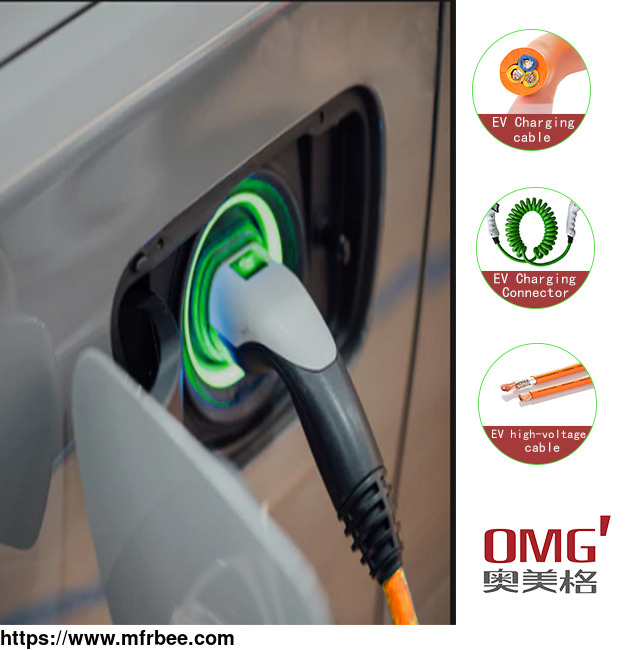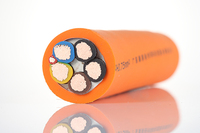Learn more about electric vehicle charging cables
Product Quick Detail
- Place Of Origin
- China (mainland)
- Minimum Order
- 500
- FOB Price
- USD $11.00 / Piece
- Information
- https://www.omgevcable.com
- Packaging
- Wooden frame
- Delivery
- 20 Days
Specifications
In electric vehicle charging, a range of charging cables, adapters and charging infrastructure are available. It provides electric power supplement for electric vehicles and can charge quickly and efficiently.
Among them, there are two main types of charging for electric vehicles, which are used to connect to the public charging network. These are Type 1 or Type 2 connectors. For more or other types of introductions, Please search and visit: omgevcable
public charging. All EV charging cables connect to standard Type 2 charging sockets or public charging ports, and of course you can at public charging stations. For example: office service centers, supermarkets or parking lots) to find these charging ports.
EV information charging cable (signal core wire)
Type 2 charging station with Type 2 charging cable
These binding posts have a Type 2 socket to accept the charging cable plugged into the vehicle. These look similar to this: the charging cable can be Type 2 to Type 1, like the Nissan Version 1 LEAF, or Type 2 to Type 2, like the BMW i3.
Regarding power and amplifiers, here are the relevant things on the charging connector. Public charging is usually indicated in the available power output of the outlet. The most common power levels are 3.6Kw and 7.2Kw. These correspond to 16 A or 32 A power supplies.
For example, an EV charging cable rated at 32A is better than an equivalent 16A cable. The cable will be thicker and heavier in appearance.
About OMG\'s Cable Products: To keep things as simple as possible, all of our cables are available in 500m MOQ.
Our Type 2 – Type cables are available in black regular cable and green coiled cable. The benefit of the coiled cable is that it remains grounded between the charging point and the vehicle. This keeps the charging cable clean and free of dirt on the ground. Keeping cables clean means green is a good practice color choice.
- Country: China (Mainland)
- Business Type: Sell electronic and electrical conduction products, electric vehicle charging cables and vehicle high-voltage cables.,制造商
- Market: All over the world
- Founded Year: 2006
- Address: China,GuangDong,Dongguan Songshan Lake Innovation Technology Park, building 8,Room 302-304,
- Contact: Will







